In a LSTM cell, there are 5 equations for 3 gate and 2 cell states.
Forget gate, Input gate, Output gate (I'm not sure it is correct name called) use sigmoid for activating between [0, 1].
In contrast, Ct' and Ht use tanh for activating betweenn [-1, 1].
I could not find why there are different activation function used.
